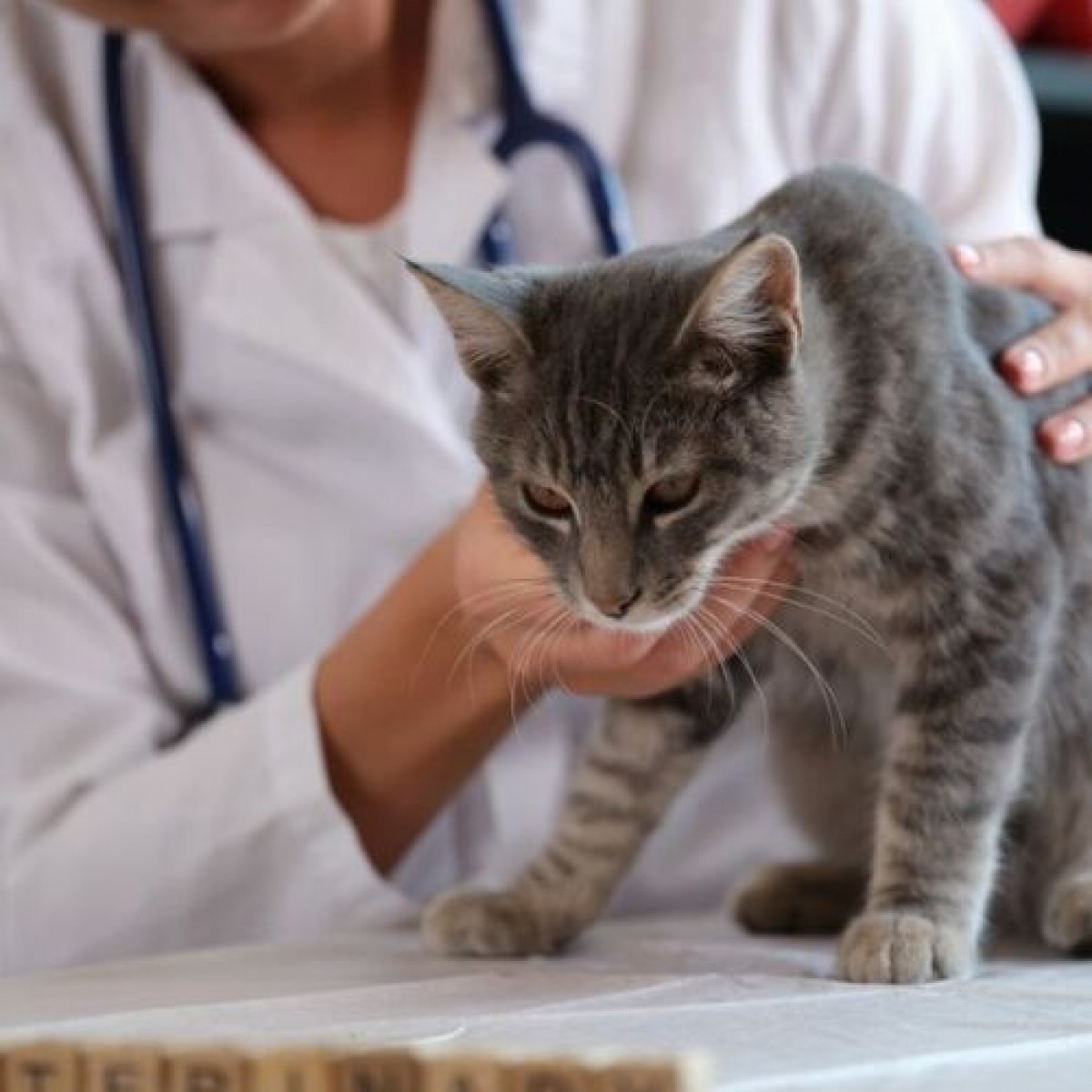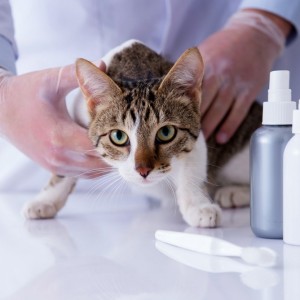Twenty-five cases of feline bronchial disease (1995–2000)
Twenty-five cases of feline bronchial disease were identified retrospectively. The criteria for inclusion were consistent clinical signs or histopathology and no other identifiable aetiology. Patient records were analysed to determine historical, clinical, clinicopathologic and radiographic features. The main presenting complaints were coughing and dyspnoea. The most common physical finding was dyspnoea. The majority of radiographs had a bronchial pattern either as the sole change or as a component of a mixed pattern. Bronchoalveolar lavage cytology was neutrophilic or eosinophilic in the majority of cats. There was no association between age, breed, sex, clinical signs, bronchoalveolar lavage cytology or radiographic severity and disease severity.
Bronchopulmonary disease in cats may be caused by infectious agents (viruses, bacteria, fungi, parasites), cardiac disease, neoplasia, trauma or toxins. Many cases, however, have inflammatory airway disease with no identifiable aetiology. These cases have been termed feline asthma, feline asthma syndrome, feline bronchitis, allergic bronchitis and feline bronchial disease (FBD) (Corcoran et al., 1995; Johnson, 1997; Moise et al., 1989). Some authors attempt to categorise FBD further as chronic bronchitis or feline asthma (Padrid, 2000). In humans, however, the term chronic bronchitis is no longer recommended (Haslett et al., 2002; Holgate and Frew, 2002) and examination of the definitions of both human asthma and chronic obstructive pulmonary disease (which encompasses chronic bronchitis and emphysema) would suggest that neither term is appropriate in cats. Pulmonary function testing and immunohistochemistry innaturally occurring FBD are not routine and the pathophysiology of FBD is unknown. To complicate matters further, other bronchopulmonary diseases such as bacterial infections (especially mycoplasmal infections) and parasitic infections (heartworm and lungworm infections) are frequently not rigidly excluded before making a diagnosis of FBD.
Previous studies have reported a wide range of clinical, clinicopathologic and radiographicfeatures for cats with FBD and failed to find any defining or prognostic criteria, other than breed: Siamese cats appear to be over-represented and have more severe progressive disease (Dye et al., 1996; Moise et al., 1989).
In previous studies of FBD, bacterial lower respiratory tract infections (LRTIs) were not necessarily excluded and mycoplasmal cultures ofbronchoalveolar lavage (BAL) specimens were not routine despite the fact that 44% of mycoplasmal cultures performed were positive in the study by Moise and others (1989). Dye and others (1996) eliminated the possibility of bacterial lower respiratory tract infections (LRTIs), other than mycoplasmosis, with a combination of BAL culture and response to therapy. In three other studies, bacterial cultures of BAL specimens were not performed in all cases and positive cultures did not exclude cats from analysis (Corcoran et al., 1995; Moise et al., 1989; Simard and Dube, 1992). Healthy lower airways are not sterile (Dye et al., 1996; Padrid et al., 1991) and the significance of the positive cultures in these studies is unknown as quantitative culture results and individual case histories were not provided. Cats were excluded from the study by Corcoran and others (1995) if their disease responded completely to antibiotic therapy but three cats had disease controlled with intermittent antibiotic therapy, which may or may not have been responsible for resolution of signs.
Parasitic LRTIs were also not necessarily excluded from previous studies. Dye and others (1996) performed routine faecal flotation and heartworm antigen tests on the majority of their cats. However, one cat with presumed lower respiratory tract (LRT) parasitism was not excluded. Parasitological investigations were not reported in the other studies (Corcoran et al., 1995; Moise et al., 1989; Simard and Dube, 1992).
In a retrospective study of unguided BAL cytology and microbiology in cats (Foster et al., 2004a), 25 cats in which bacterial LRTI had been excluded, were identified as having FBD on the basis of consistent ongoing clinical signs or histopathology and no other identifiable aetiology. Cases for which follow-up information was not available and cats that appeared to have self-limiting disease were excluded. By narrowing the selection criteria compared to previous studies, it was hoped that more definitive diagnostic and prognostic features of FBD would be identified without the need for pulmonary function testing.
Authors: S.F. Foster. G.S. Allan. P. Martin. I.D. Robertson,R. Malik
Source: https://journals.sagepub.com/












List
Add
Please enter a comment